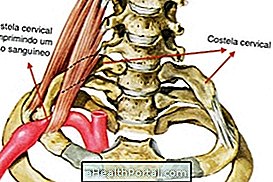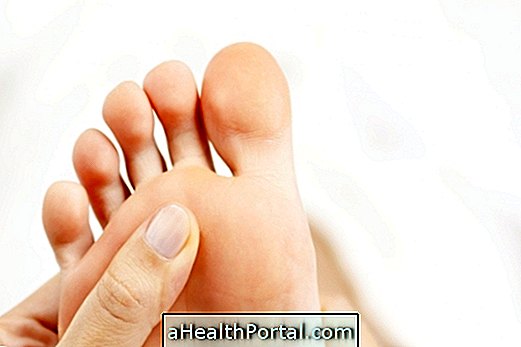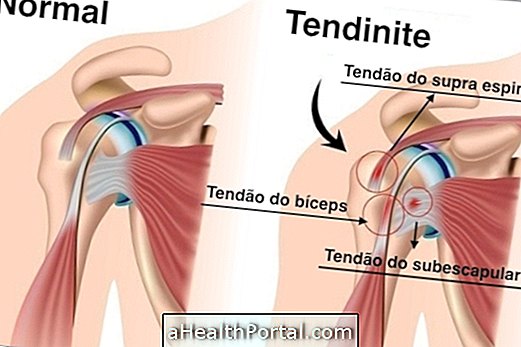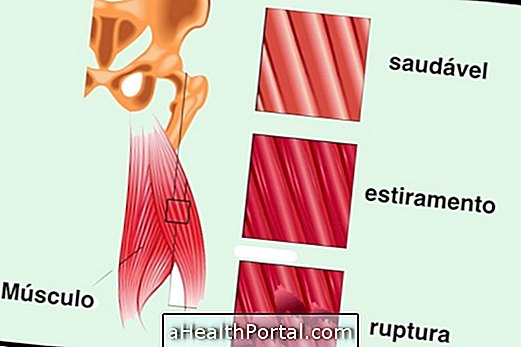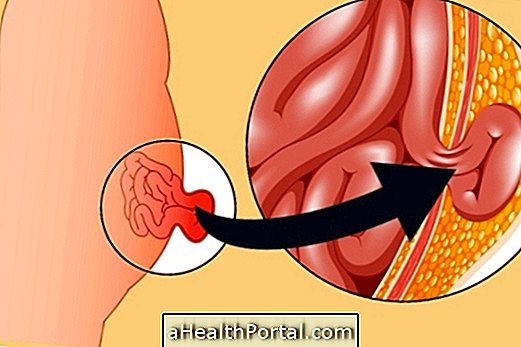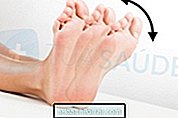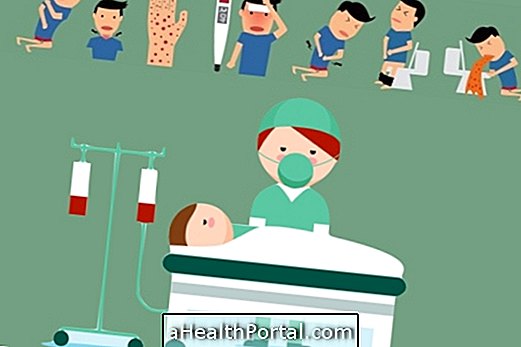The treatment for groin pain should be done according to the cause of the pain, and it is usually recommended to rest, ice pack at the pain site and use of medication if the pain is persistent or disrupts daily activities and should be indicated by your doctor.
The main cause of groin pain in men and women is distension of the groin muscles or tendons due to the practice of exercises such as running, soccer or dancing, for example. However, when the pain is persistent and accompanies symptoms such as fever or blood in the urine, it is recommended that the person seek medical help because the groin pain may be related to another situation, such as infections, inflammation in the sciatic nerve or hernia .

How is the treatment done?
In the case of groin pain due to stretching or injury during running or bodybuilding exercises, for example, treatment may be done according to the degree of pain, and it may be recommended:
- Use of anti-inflammatory drugs, analgesics or muscle relaxants, such as Aspirin, Paracetamol and Cizax, for example, that should be recommended by the doctor and used according to the orientation received. Usually these medications are indicated when the pain is very strong and constant and even disrupts the routine of the person;
- Cold compresses the groin for 15 minutes at least 2 times a day as it helps relieve pain;
- Physiotherapy, which can be useful in the case of injuries and strains, as it allows the muscular rehabilitation and gain of strength;
- Surgery, which is recommended only in the most severe cases.
It is imperative that the person remain at rest during treatment and avoid doing high-impact exercises, such as running and soccer, for example, until there is complete recovery of the groin muscles as they may aggravate the injury. In the case of a muscle injury, the return to physical activity varies from person to person according to the cause of the pain and degree of the injury.
The general practitioner should be informed if the pain does not subside in order to indicate the most qualified professional, diagnose the cause of the pain, and prescribe appropriate treatment.
When to go to the doctor
It is recommended to go to the doctor when the groin pain persists for more than 1 week and is accompanied by other symptoms, such as high fever, nausea or blood in the urine. Thus, the doctor may perform some tests to identify the cause of the pain and start the best treatment.
In addition to injuries and muscle strains related to physical activity, groin pain can also occur due to the presence of hernia, urinary tract infection and twisting of the testicle, for example. From the identification of the cause, the doctor can indicate the best form of treatment. See how treatment is done for each cause of groin pain.
